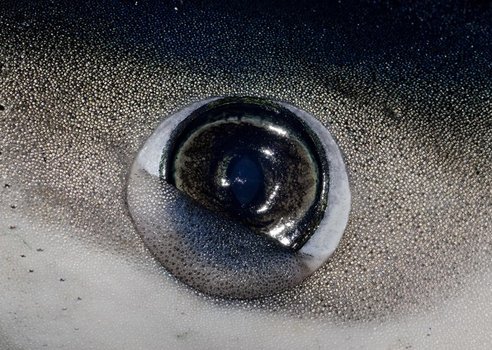Reading time: Less than 1 minute
Increase your vocabulary and you’ll make your writing much more precise. That’s why I provide a word of the week. Today’s word: nictitating…
My reading last week once again proved the limits of a liberal-arts-oriented education.
I encountered the fascinating word nictitating in the (otherwise forgettable) murder mystery Still Lives, by Maria Hummel. Here is how Hummel used it:
He’s studying me now, so I study him back, but it’s as if he has one of those nictitating eyelids that hawks have — an almost imperceptible veil slides over his blue eyes, and I can’t see past it.
From context, obviously, this had something to do with a bird’s eye — but what did it mean? I had to run to the dictionary.
In fact, a nictitating eyelid or membrane is found in many animals. It is a transparent or translucent third eyelid drawn across the eye for protection and moisture — while allowing the animal to maintain its vision.
Some reptiles, birds, and sharks (that’s the eye of a blue shark in the image above), have full nictitating membranes. In many mammals, however, only a small, vestigial portion of the membrane remains in the corner of the eye.
Often called a third eyelid or haw, it may be referred to in scientific terminology as the plica semilunaris, membrana nictitans, or palpebra tertia.
The etymology of the word is medieval Latin. Nictitat meant “to blink.” My husband has a degree in Zoology and knows many such Latinate terms. Why does my own education sometimes feel so inferior?


